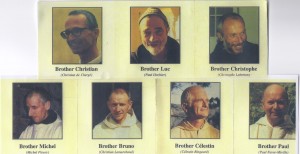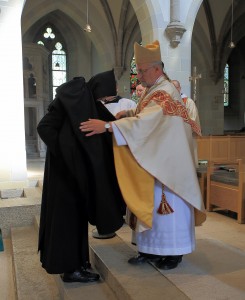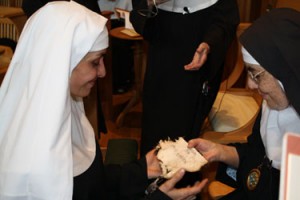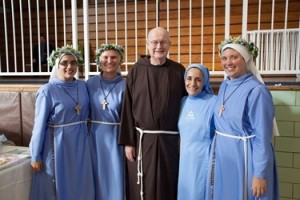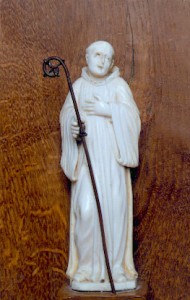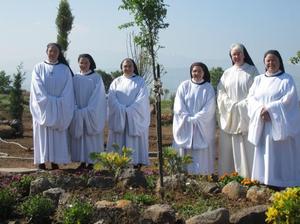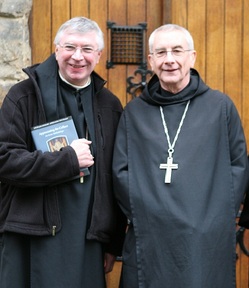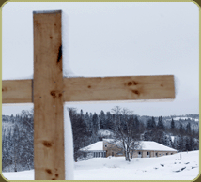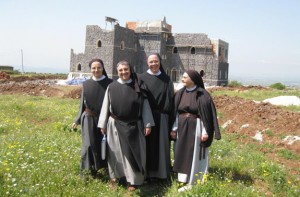 The Cistercian nuns of the Monastery of Blessed Mary of Font of Peace (in Arabic, Dier al Adrha Yanbu’a-s-Salam) Azeir, Syria are speaking out:
The Cistercian nuns of the Monastery of Blessed Mary of Font of Peace (in Arabic, Dier al Adrha Yanbu’a-s-Salam) Azeir, Syria are speaking out:
The people are straining their eyes and ears in front of the television: all they’re waiting for is a word from Obama!
A word from Obama? Will the Nobel Peace Prize winner drop his sentence of war onto us? Despite all justice, all common sense, all mercy, all humility, all wisdom?
The Pope has spoken up, patriarchs and bishops have spoken up, numberless witnesses have spoken up, analysts and people of experience have spoken up, even the opponents of the regime have spoken up…. Yet here we all are, waiting for just one word from the great Obama? And if it weren’t him, it would be someone else. It isn’t he who is “the great one,” it is the Evil One who these days is really acting up.
(excerpt from 29 August 2013 letter, the full text is here)
This is a matter of faith and the public order. These voices need to be heard and prudent action needs to be taken up. Killing more people to save face is not the Christian way.
Typically, you don’t hear from Cistercians in this way. They are now speaking up for justice and peace at a time when another World War is possible. Following the 6th century Rule of Benedict and the Constitutions of the venerable order of Citeaux. You may say, the small group of nuns of Blessed Mary of Font of Peace have as their key work to pray for peace and to work on their conversion.
The monastery is located in Syria, on the boarder with Lebanon in a village of Maronite Catholic. Historians will note that the intuition of the Cistercian nuns coheres well with the context in which they find themselves: at the crossroads with East and West, where Christianity began, and where culture flourished. From where the nuns are located, you can see the Good News sent abroad to Asia Minor, Greece, France, Rome, Armenia, India, China. The nuns, too, rely on the intercession of saints like Afraate, Ephraim, Cyrus, Simeon the Protostilite, Maron, John Maron, Isaac of Niniveh, John Chrysostom, John of Damascus, Rafka, and countless others who followed Jesus Christ.
Our Lady of Peace, and all Syrian and Cistercian saints, pray for us.
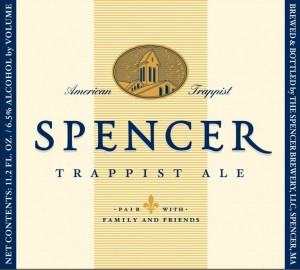 The Trappist monks of St. Joseph’s Abbey (Spencer, MA) have rolled out their product: Spencer Trappist Ale.
The Trappist monks of St. Joseph’s Abbey (Spencer, MA) have rolled out their product: Spencer Trappist Ale.